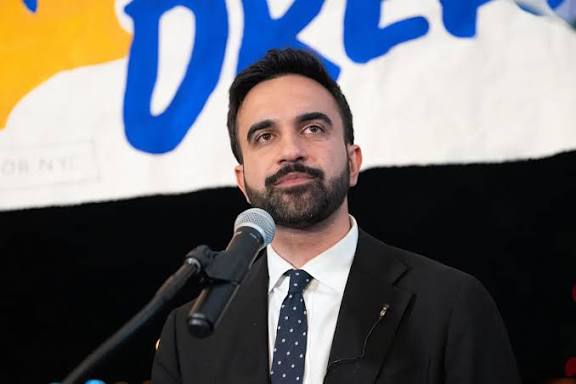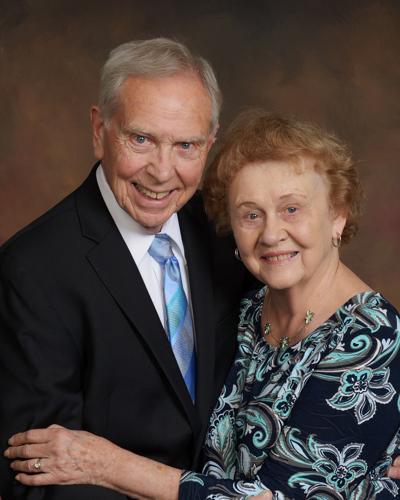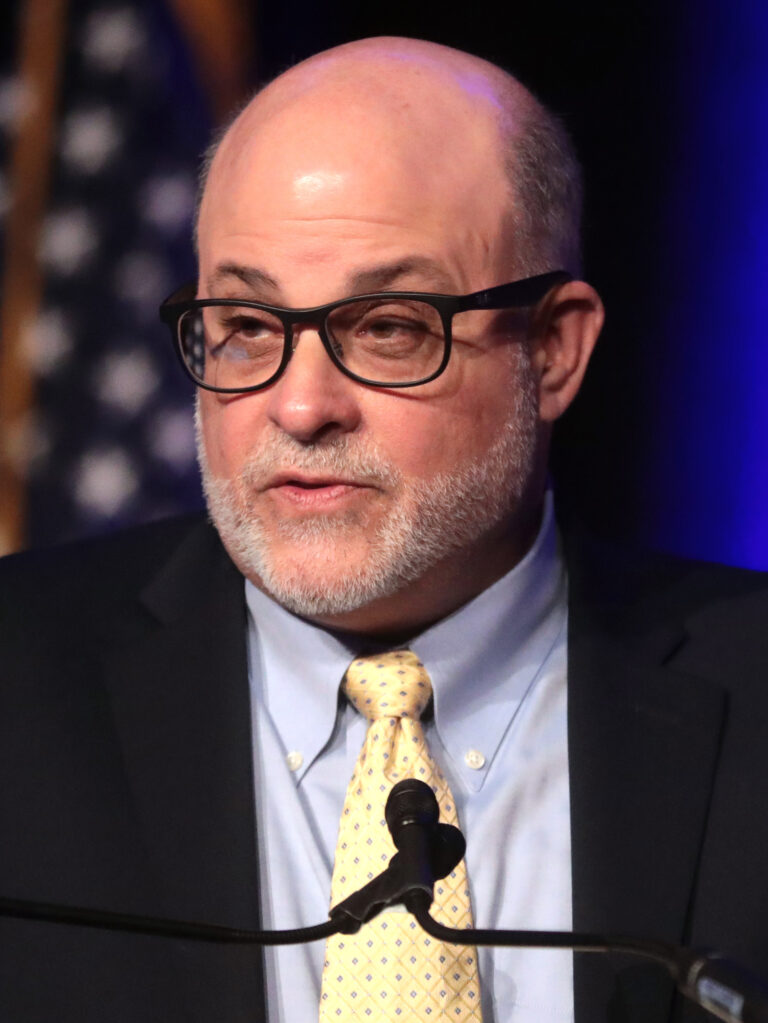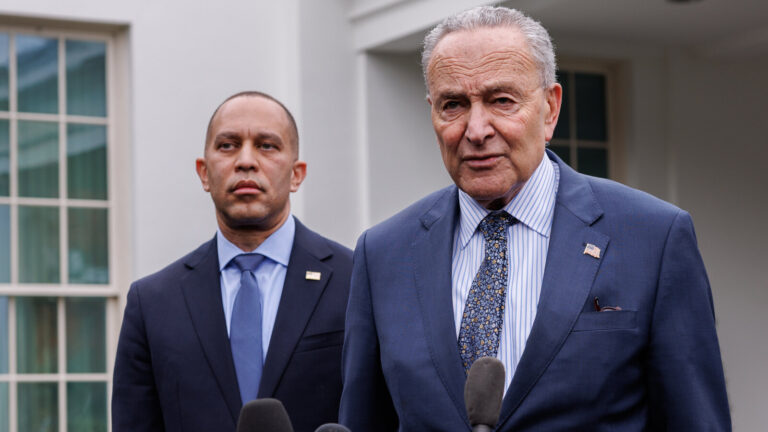New york mayor election polls: nyc mayoral election results 2025,odds
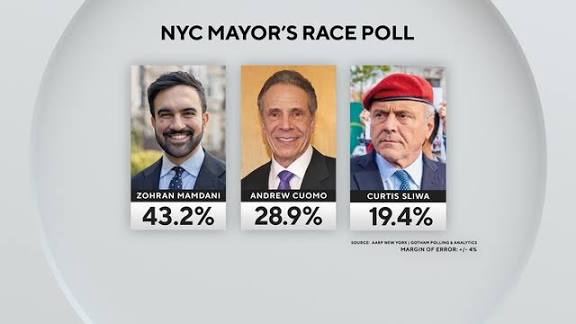
Keep track of the latest polls about Mamdani, Cuomo, Adams and Sliwa in the New York City mayoral election. Today we will discuss about New york mayor election polls: nyc mayoral election results 2025,odds
New york mayor election polls: nyc mayoral election results 2025,odds
The 2025 New York City mayoral race has become one of the most closely watched elections in the United States. With progressive Assemblyman Zohran Mamdani emerging as the clear frontrunner and former Governor Andrew Cuomo staging a comeback bid, the contest is shaping up as a defining moment for the future of America’s largest city.
Polls, prediction markets, and betting odds all point toward a potential historic shift in city leadership — but as always in New York politics, surprises are possible. This in-depth analysis breaks down the latest polls, betting odds, voter demographics, key issues, and scenarios that could determine who takes control of City Hall this November.
Candidate Line-Up and Background
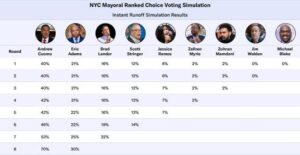
Zohran Mamdani
Zohran Mamdani, a progressive Democrat from Queens, has built his campaign around affordability, housing reform, public transit investment, and tackling inequality. His message has resonated strongly among younger and working-class New Yorkers who feel squeezed by the city’s rising costs of living.
Mamdani represents a generational and ideological shift in city politics. His campaign emphasizes social housing, rent control expansion, and a reimagined public transit system. If elected, he would be New York’s youngest mayor and its first Muslim and Indian-American leader.
Andrew Cuomo
Former Governor Andrew Cuomo, running as an independent after a tense relationship with the Democratic establishment, remains a powerful figure in New York politics. He presents himself as the experienced centrist alternative — a steady hand with a proven record in crisis management.
However, Cuomo still faces public skepticism after his controversial exit from the governor’s office. His base largely consists of moderate Democrats, older voters, and residents seeking pragmatic governance over ideological change.
Curtis Sliwa and Eric Adams
Republican nominee Curtis Sliwa — founder of the Guardian Angels — remains a recognizable figure but has polled far behind the leading contenders. His law-and-order message appeals to conservative voters, though they make up a small share of the city’s electorate.
Incumbent Mayor Eric Adams initially sought re-election but has struggled with low approval ratings, ethics controversies, and public dissatisfaction over crime and affordability. His weakened standing has left an opening for Mamdani’s rise.
Polling Overview
Early Polling Trends
Throughout the early stages of the campaign, Cuomo’s name recognition gave him an initial edge. However, as voters became more familiar with Mamdani’s platform, his support grew dramatically, particularly among younger and progressive voters.
By late summer, Mamdani’s momentum was unmistakable. Several citywide polls showed him overtaking Cuomo and expanding his lead as the race entered its final stretch.
General Election Polling Snapshot
Recent polls indicate a consistent and growing lead for Mamdani:
-
Mamdani: roughly 43–45% of likely voters
-
Cuomo: around 25–30%
-
Sliwa: 8–12%
-
Adams: under 10%
Among voters under 50, Mamdani dominates by margins exceeding 25 points. Older voters remain more divided, but even there, his numbers have improved as the campaign has focused on cost-of-living issues and housing affordability.
Poll averages suggest that Mamdani leads Cuomo by 10–15 percentage points, depending on turnout assumptions. That margin has remained stable for several weeks — a strong sign of voter consolidation around the progressive candidate.
Betting Markets and Odds
Political betting markets and prediction exchanges echo the polling story, giving Mamdani commanding odds of victory.
Across multiple sportsbooks and prediction markets, Mamdani’s implied win probability sits between 75% and 90%. Cuomo’s chances are typically estimated between 10% and 20%, with Sliwa and Adams trailing far behind.
Odds snapshot:
-
Zohran Mamdani: roughly 1/4 (≈80% chance)
-
Andrew Cuomo: 6/1 (≈15%)
-
Eric Adams: 13/2 (≈13%)
-
Curtis Sliwa: 33/1 (≈3%)
Betting markets tend to align closely with polling averages but also capture momentum, fundraising, and public sentiment. As of late October 2025, those markets clearly see Mamdani as the overwhelming favorite.
Key Issues Driving the Race
1. Housing and Cost of Living
Housing affordability dominates nearly every voter survey. Rents continue to climb, home ownership remains out of reach for most residents, and gentrification pressures persist.
Mamdani’s housing plan calls for expanding social housing, freezing rents, and reforming zoning to increase affordable housing stock. Cuomo, meanwhile, emphasizes public-private partnerships and targeted subsidies.
Polls show that voters view Mamdani’s housing agenda as more ambitious and better aligned with their frustrations, giving him a major advantage among renters — roughly two-thirds of city households.
2. Public Safety
Public safety remains a high-profile issue in the city, even if overall crime rates have leveled off since 2022. Cuomo and Sliwa have focused heavily on this issue, arguing that Adams’ administration failed to deliver.
Mamdani, while acknowledging safety concerns, frames the issue around community investment, policing reform, and mental health services rather than strict enforcement. This approach appeals to younger and more liberal voters but may worry some moderates.
3. Transportation and Infrastructure
The state of public transit continues to frustrate commuters. Mamdani’s detailed transit plan — including fare reductions, expanded bus service, and investments in subway accessibility — has drawn attention. Cuomo touts his past experience overseeing major infrastructure projects as governor.
4. Economic Inequality
Income inequality and the widening gap between wealthy Manhattan and the outer boroughs have intensified during the post-pandemic years. Mamdani argues that structural reform is needed to rebalance the city’s economy, while Cuomo insists on pro-business stability to attract investment.
Demographic Breakdown
By Age
-
Under 35: Mamdani leads by over 30 points.
-
Ages 35–49: Still a strong Mamdani advantage, around 20 points.
-
Ages 50+: More competitive, often within single digits.
Younger voters are driving Mamdani’s surge, but their turnout reliability remains uncertain. If younger participation matches expectations, his path to victory could be decisive.
By Race and Ethnicity
Mamdani performs well across diverse communities — particularly among Black, Hispanic, and South Asian voters. Cuomo retains a modest lead among older white and Jewish voters. The broad multi-ethnic coalition behind Mamdani mirrors trends seen in other progressive urban victories.
By Borough
-
Queens and Brooklyn: Mamdani dominates.
-
Manhattan: Split, with progressive downtown areas leaning his way.
-
Bronx: Mixed, with Cuomo holding some advantage among older Democrats.
-
Staten Island: Predictably Republican, leaning heavily toward Sliwa.
These borough-level patterns suggest that Mamdani’s strength in the outer boroughs, especially Queens and Brooklyn, could more than offset losses elsewhere.
Turnout and Undecided Voters
Despite Mamdani’s clear lead, about 20–25% of voters remain undecided in some polls. Many of these are older or moderate Democrats, historically more likely to vote in municipal elections.
Turnout dynamics will therefore play a critical role. If younger, progressive voters show up in large numbers, Mamdani’s advantage could grow. But if turnout skews older, Cuomo could narrow the gap significantly.
Campaign Strategies
Mamdani’s Strategy
Mamdani’s campaign relies heavily on grassroots organizing, small-donor fundraising, and high-energy digital outreach. His message of change and inclusivity has resonated strongly in social media circles and among younger demographics.
He also benefits from endorsements by prominent progressive figures and organizations, including labor unions and housing advocacy groups. His campaign’s emphasis on “a city for everyone” taps into growing frustration with inequality and rising costs.
Cuomo’s Strategy
Cuomo is betting on experience and managerial competence. His campaign highlights his record as governor during crises such as COVID-19, and his ability to “get things done.”
He appeals to older, centrist voters, emphasizing stability over experimentation. His challenge lies in overcoming lingering distrust and the perception that he represents an outdated political order.
Sliwa and Adams
Sliwa remains a visible voice for law-and-order conservatives but lacks the voter base to make real gains. Adams’ campaign has largely stalled amid controversy, though he could still influence the outcome by drawing some moderate votes from Cuomo.
Scenarios and Potential Outcomes
1. Mamdani Wins Decisively
If current trends hold, Mamdani could win by a margin of 10–15 points. That outcome would signal a generational realignment in New York politics, much like the rise of progressive mayors in cities like Boston and Chicago.
A Mamdani administration would likely pursue aggressive housing reform, progressive taxation, and expanded social programs — marking a sharp break from the centrist policies of past decades.
2. Cuomo Narrows the Gap or Pulls an Upset
While less likely, a Cuomo comeback is possible if undecided older voters coalesce behind him and if turnout among young progressives falls short.
A late-breaking event — such as a major debate moment or controversy — could still shake the race. If that happens, the election could tighten substantially in its final week.
3. Third-Party Effects
If Sliwa or Adams were to withdraw or endorse another candidate, the redistribution of their supporters could marginally affect margins. However, data suggests that even in two-way scenarios, Mamdani maintains a lead.
Broader Implications
This election is about more than choosing a mayor — it’s a referendum on the future direction of New York City.
A Mamdani victory would represent a seismic ideological shift toward progressive governance, potentially influencing urban policy across the nation. Issues such as affordable housing, climate resilience, and transit equity could take center stage nationally if his policies prove successful.
Conversely, a Cuomo comeback would reaffirm the resilience of centrist politics in major cities and signal that pragmatic management still appeals to urban voters wary of sweeping change.
Polling Limitations
Even though Mamdani holds a strong lead, polling has limitations:
-
Municipal elections have lower turnout and are harder to predict.
-
Young voters are often underrepresented in surveys.
-
Late shifts in sentiment can occur due to unforeseen events.
-
Polls reflect snapshots, not certainties.
Hence, while current numbers strongly favor Mamdani, political volatility means no result is guaranteed until ballots are counted.
Final Outlook
As of late October 2025, the numbers clearly point to Zohran Mamdani as the frontrunner in the New York City mayoral race. He leads comfortably in both polls and betting markets, commands enthusiasm among young and diverse voters, and has defined the election’s central themes: affordability, housing, and fairness.
Andrew Cuomo remains his only serious challenger, relying on older moderates and a message of experience. Curtis Sliwa and Eric Adams trail far behind, unlikely to alter the main dynamic.
If trends persist, New York could soon witness a historic political transformation — one that replaces establishment leadership with a new, more progressive era of urban governance. But as every seasoned New Yorker knows, political surprises can happen right up until Election Day.
In summary:
-
Mamdani leads in every major poll by double digits.
-
Betting markets give him roughly 80–90% chance of victory.
-
Housing and cost-of-living dominate voter concerns.
-
Turnout among young voters will determine the final margin.
The 2025 mayoral election is poised to reshape the future of the city — economically, politically, and culturally. Whether it becomes the start of a new progressive chapter or a reaffirmation of centrist leadership will depend on how New Yorkers choose to write the next page in their city’s story.
How useful was this post?
Click on a star to rate it!
Average rating 0 / 5. Vote count: 0
No votes so far! Be the first to rate this post.
About the Author
usa5911.com
Administrator
Hi, I’m Gurdeep Singh, a professional content writer from India with over 3 years of experience in the field. I specialize in covering U.S. politics, delivering timely and engaging content tailored specifically for an American audience. Along with my dedicated team, we track and report on all the latest political trends, news, and in-depth analysis shaping the United States today. Our goal is to provide clear, factual, and compelling content that keeps readers informed and engaged with the ever-changing political landscape.
